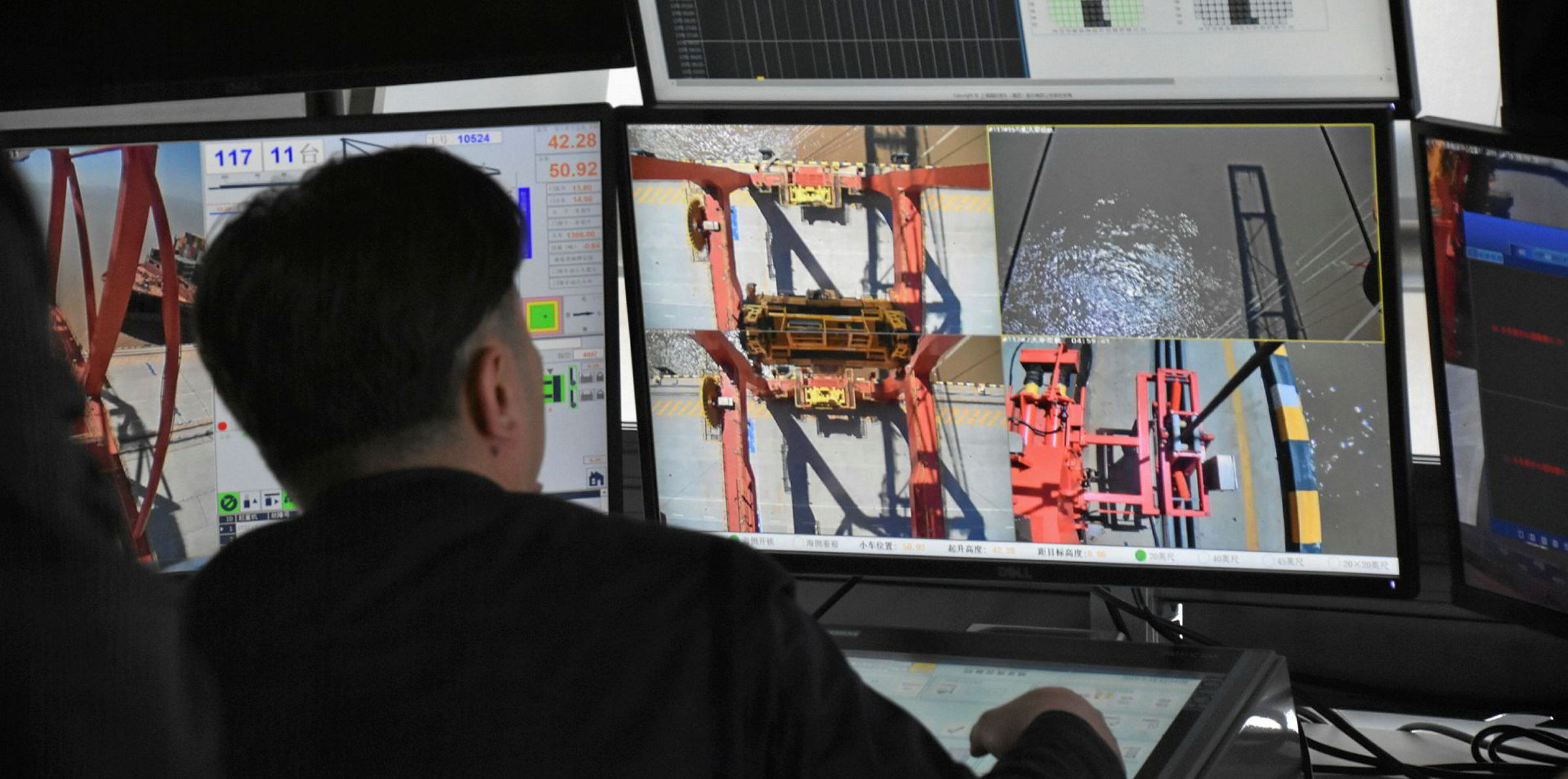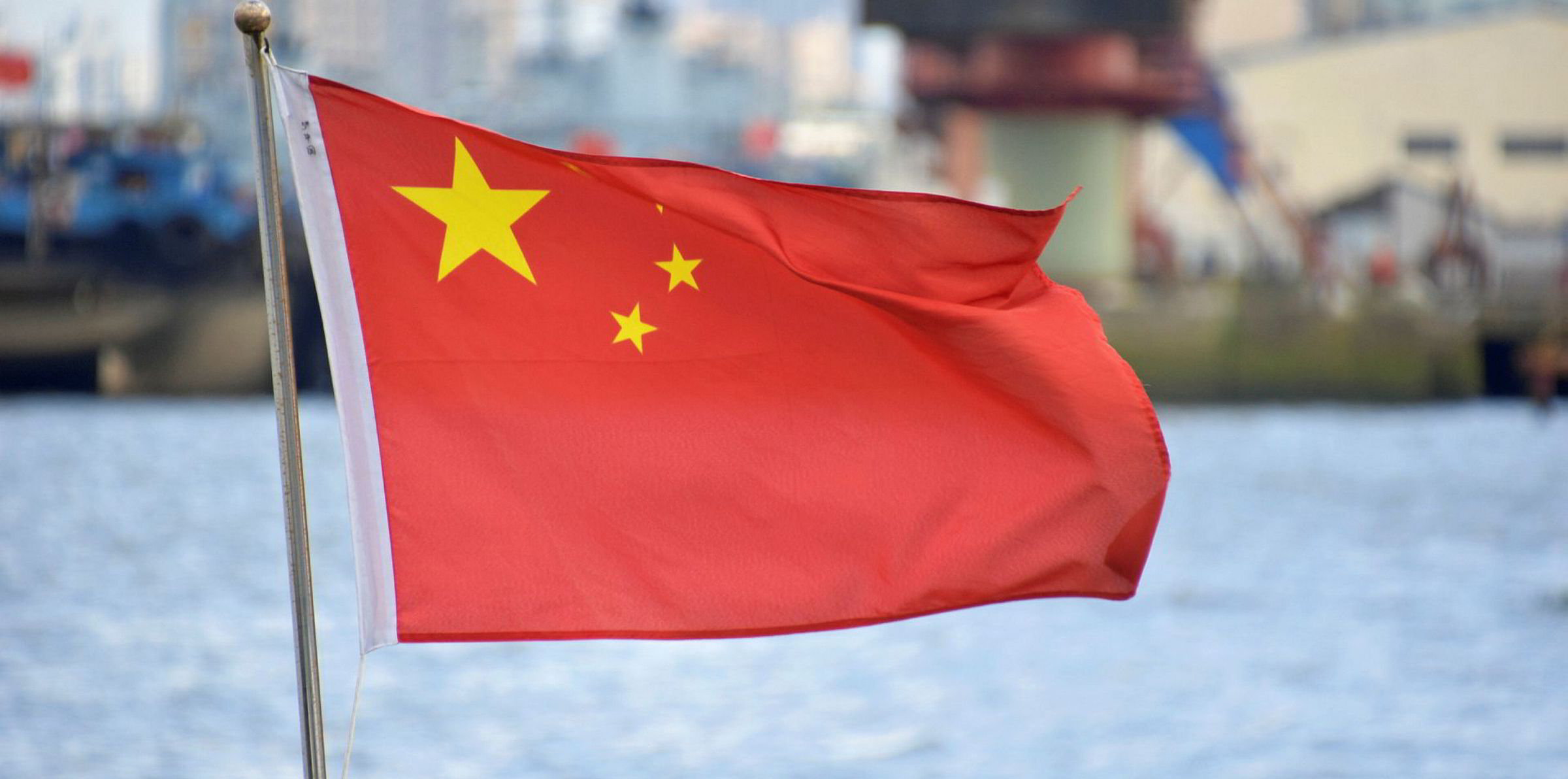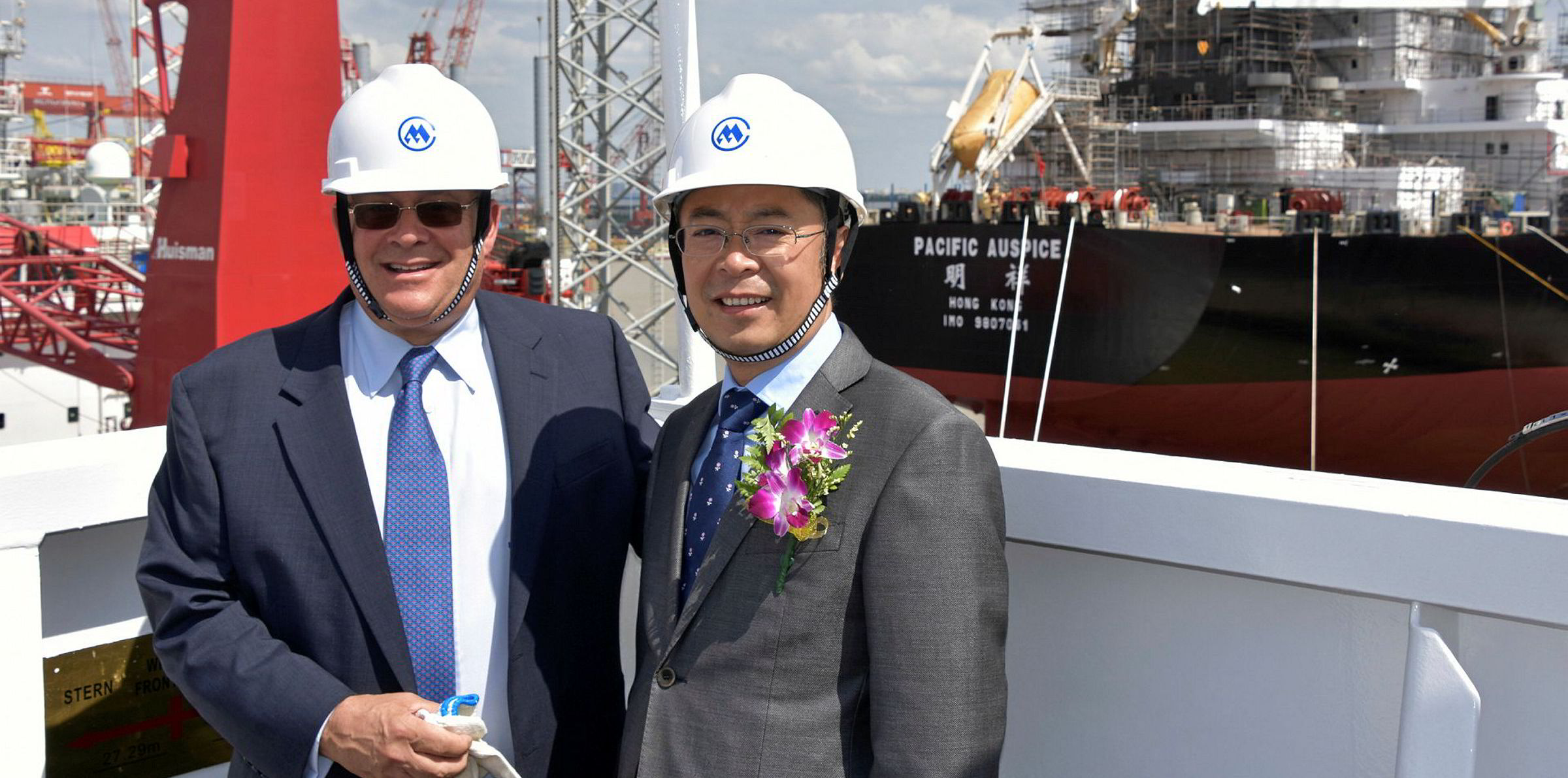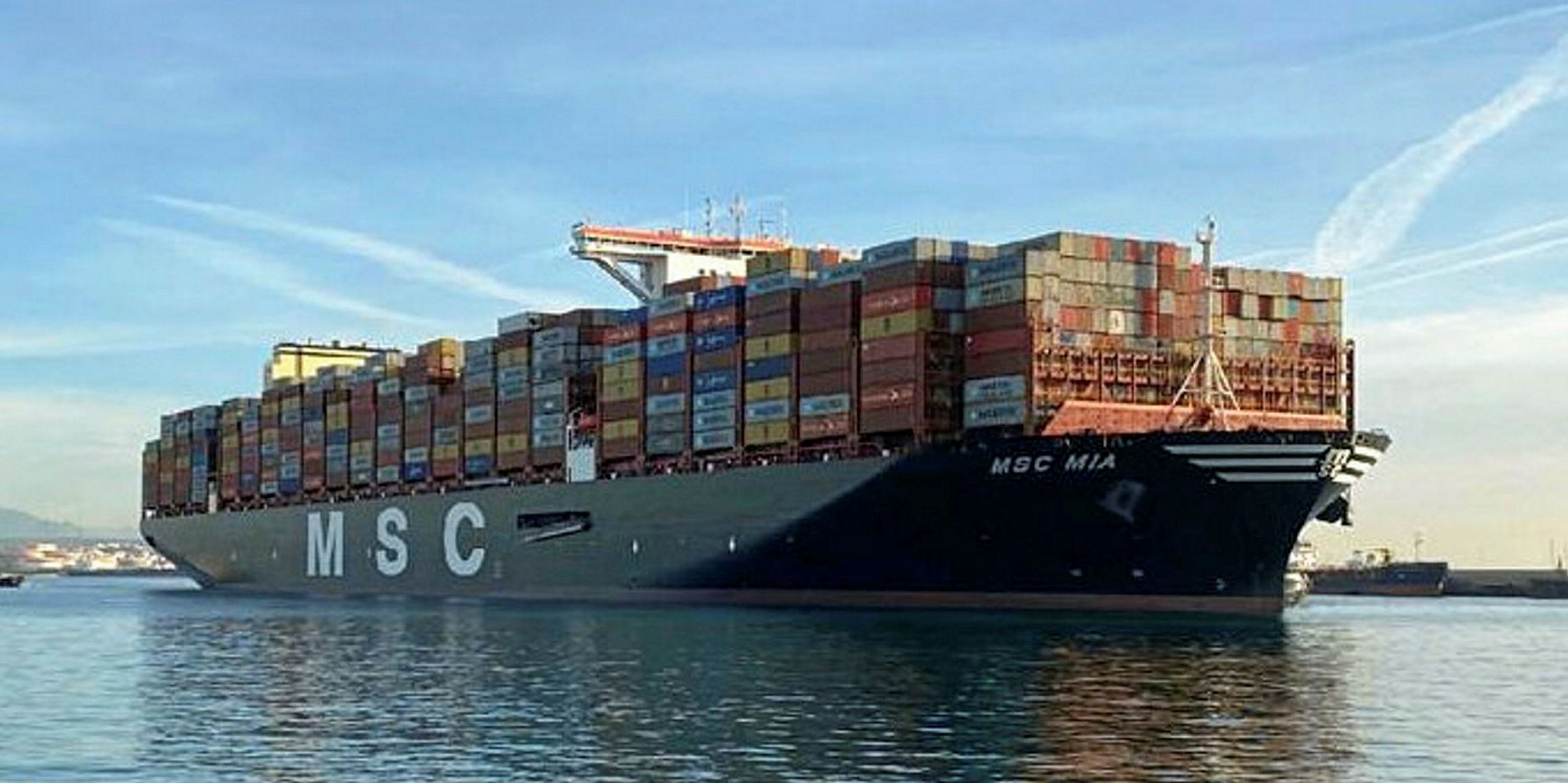China’s ports are back at full capacity after the peak of the coronavirus epidemic, according to provincial operators.
But although the numbers in the port operators’ progress reports align with Beijing’s policy goals, they seem at odds with a broader picture of economic slowdown that emerged in the first two months of 2020.
The National Bureau of Statistics of China last week reported sharp year-on-year declines in the economy over January and February: retail sales fell by 20.5%; fixed-asset investments outside rural households — a proxy for construction — were down 24.5%; and industrial output fell 13.5%.
Annualised GDP growth estimates are not out yet, but even official sources have been finding the government’s favoured 6% target difficult to maintain.
High-profile analyst Zhang Anyuan, a former economist for China’s powerful National Development and Reform Commission, has called official numbers “wishful thinking”.
But ports individually and collectively are reporting figures that are not easy to reconcile with a national downturn.
Stricken area
By early March, China Ports Association (CPA) was already reporting that capacity was back to normal throughout the country, except in the stricken area around Wuhan on the middle reaches of the Yangtze River.
Volume numbers were not all positive, but even in the vulnerable container sector, throughput was reported up by 9.1% month on month in February, with the ports of Dalian, Tianjin, Qingdao and Guangzhou logging rises of more than 10%.
Crude oil imports were up by 5.2% in January and February, driven by price, the association wrote, citing customs statistics.
Ports individually and collectively are reporting figures that are not easy to reconcile with a national downturn
But by the first full week of March, throughput of petroleum plus products in major coastal ports had slipped 8.6% month on month and 3.5% year on year. Also in dry bulk, throughput was up year on year for the first two months before falling sharply at the beginning of March.
Iron ore throughput for January and February was up slightly by 1.5%, then slumped 23.5% in the four main ore discharge ports of Ningbo, Qingdao, Rizhao and Tianjin because of slack demand in construction, manufacturing and heavy industry.
Ore volumes at Australian and Brazilian load ports were likewise down by 15% in early March.
Reports from individual port operators are in some cases more optimistic than the CPA’s comprehensive version.
Weihai Port in Shandong reported 9.1% year-on-year growth in throughput during January and February, led by 15.6% growth in dry bulk and 24% in containers.
The Port of Ningbo-Zhoushan in Zhejiang province also boasted a 9.1% year-on-year increase in total throughput for the first two months. The components were broken down differently, but included a 21.7% growth in oil and gas throughput, a 92.5% rise in grain, and container throughput up by 11.4%.
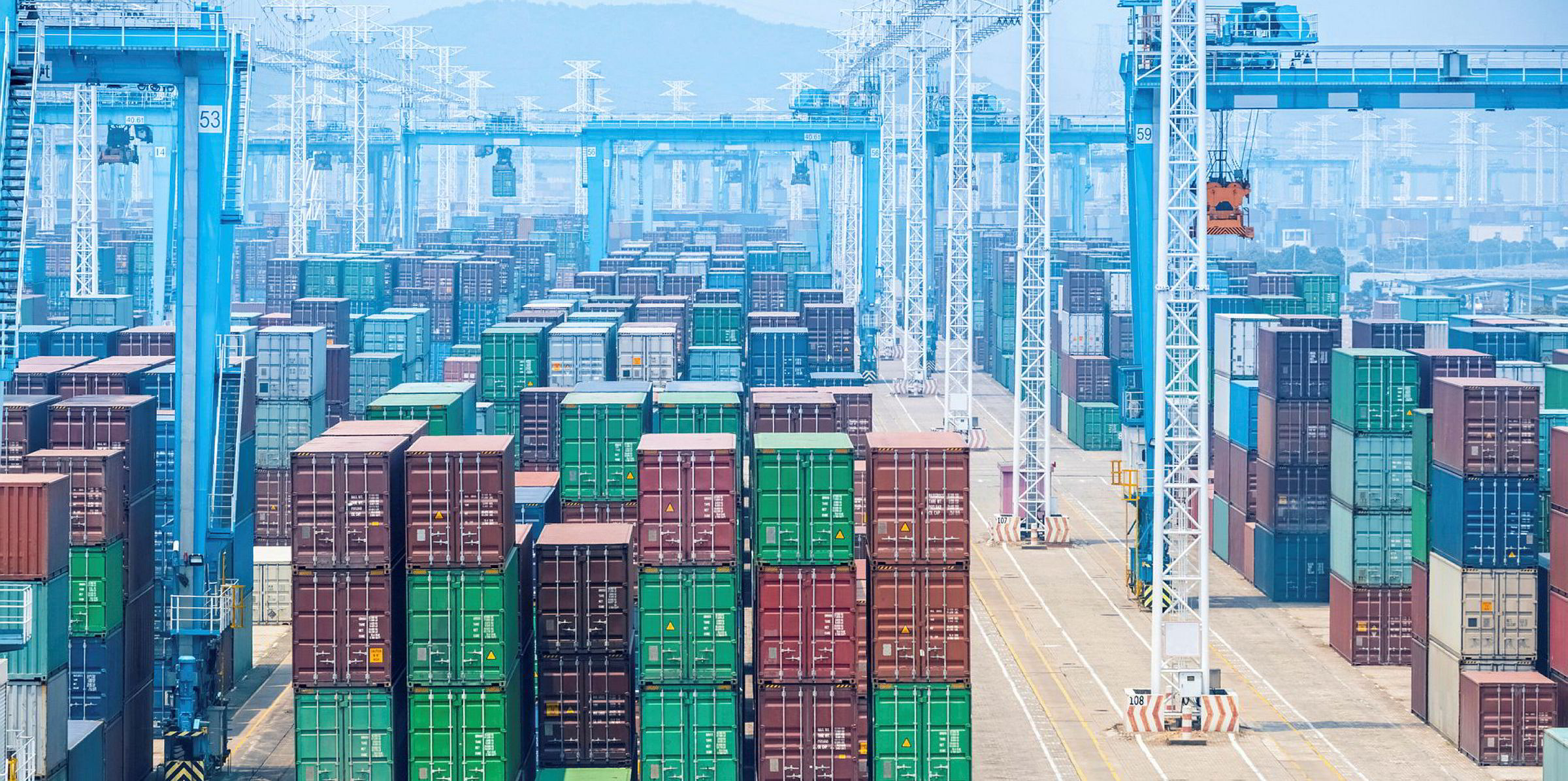
In addition to numerical details of operational performance, Chinese progress report documents typically include statements echoing government and Communist Party policy goals, and conclusions about how well the reporting bodies have fulfilled such goals.
The current round of reports generally emphasise how well port operators are carrying out Beijing’s signals to begin the work of post-coronavirus recovery.
“As long as China can seize the moment to fully and effectively resume production, it will have the opportunity to make up for the losses of the previous stage, and grasp the opportunity to urgently fill the gaps in the global industry chain in many sub-sectors,” the authors of the CPA report wrote.
Technology infrastructure
They also implicitly called on Beijing to act to foster recovery not only with monetary stimulus but with industrial measures, specifically in carrying out the national goal of promoting technological infrastructure, especially the construction of a 5G mobile internet connection network.
“In the short term, ‘new infrastructure’ will help expand domestic demand, stabilise growth and stabilise employment. In the long term, it will help release China’s economic growth potential and drive China’s industrial upgrading,” the CPA report stated.
Another policy objective specific to the port sector is to increase efficiencies that are supposed to result from the integration of formerly competing local ports into province-wide monopolies.
The huge Jiangsu Port Group, formed in 2017, includes the string of formerly independent high-volume ports that line the lower reach of the Yangtze River above Shanghai, along with Lianyungang and smaller coastal ports to the north.
The CPA said it was continuing to take the national strategic goal of port integration further, in collaboration with its sister port operations group in neighbouring Zhejiang province and the city of Shanghai.
In 2019, Jiangsu recorded more than 2.5bn tonnes of cargo throughput, a year-on-year increase of 18%.
But for January, its figures for cargo throughput had decreased by 9.15% year on year, with bulk cargo throughput slightly down by 0.89%, and container volumes down 15.32%.
